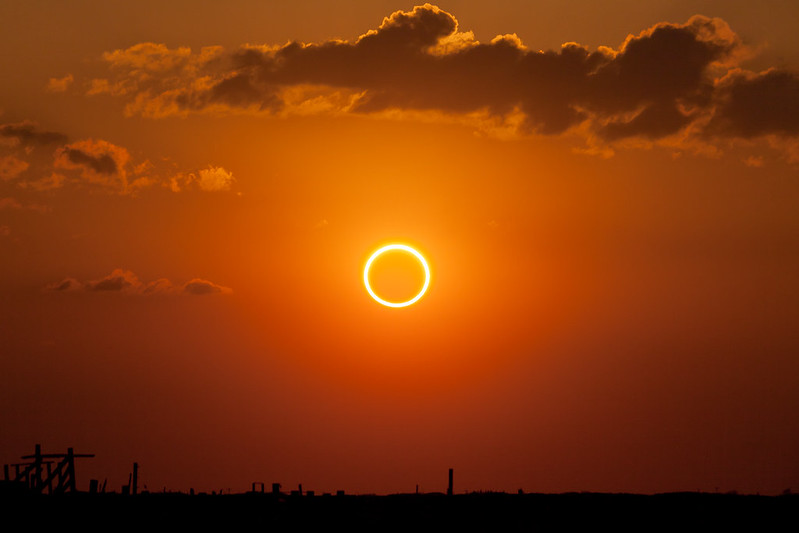As reported by the Statesman Journal, the upcoming annular solar eclipse in Oregon on Saturday might be overshadowed by potential clouds or even rain, as per meteorological predictions. On the brighter side, this expected precipitation could mark the end of the wildfire season and mitigate the ongoing drought in Oregon.
The Willamette Valley is bracing for roughly 1.5 inches of rain through Thursday, while areas like the Coast Range and Cascades might receive between 2.5 to 3 inches. Tuesday is expected to witness the most rainfall, with Wednesday being quite wet as well.
Snowfall is anticipated around elevations exceeding 6,000 feet, which means the upper parts of the Cascades might experience some snow. Yet, this won't entirely halt the alpine backcountry season. Briana Muhlestein from the National Weather Service has highlighted that the combined effect of the forecasted rain and another system over the weekend, accentuated by colder, wetter nights, should signal the end of this year's fire season. She expressed confidence in the reduced likelihood of major fire outbreaks in the future.
The solar eclipse's path of annularity will traverse from Oregon's south coast, covering regions like the southern Willamette Valley, Grants Pass, and extending to Klamath Falls. However, Muhlestein has expressed concerns about the increasing chances of dense cloud cover on Saturday, especially in the western part of Oregon. Current forecasts predict around a 90% chance of significant cloud cover on the south coast and between 75% to 85% in the Willamette Valley.
Scott Fisher, an astronomy professor at the University of Oregon, commented on the potential impact of cloud cover on the eclipse's visibility. He explained that if the clouds are thin or if there's slight morning fog, spectators might still witness the moon eclipsing the sun and the unique 'ring of fire' formation. The visibility will, however, be contingent on the cloud thickness. In case of denser rainy clouds, the sky will merely darken as the moon transits the sun. Nonetheless, this darkening will be perceivable even through the clouds.
For those keen on getting a clearer view of the eclipse, Fisher recommends heading east of the Cascades, while ensuring they remain within the eclipse's path. The eastern side seems to promise clearer skies compared to the west.
For more detailed insights, consider reading the full article on the Statesman Journal.













